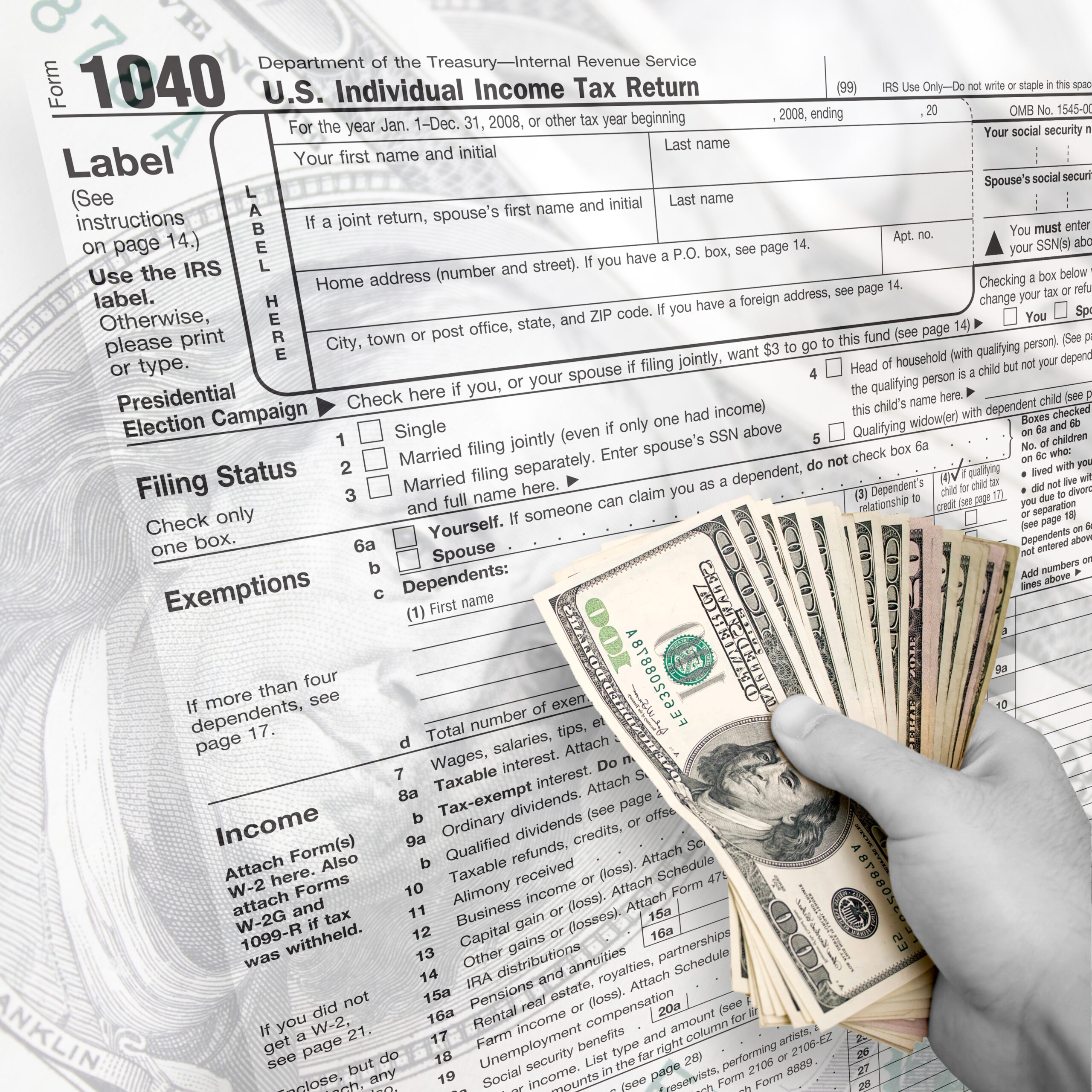Welcome to the ultimate guide to creating a realistic budget that works for you. Budgeting can be overwhelming, but it doesn’t have to be. In this post, we will cover everything from setting financial goals and priorities to sticking to your budget and adjusting as needed. Let’s get started!
Setting Financial Goals and Priorities:
The first step in creating a realistic budget is to set financial goals and priorities. This means identifying what is most important to you when it comes to your finances. Do you want to pay off debt? Save for retirement? Build an emergency fund? Once you know what your priorities are, you can create a budget that aligns with them.
Tracking Your Spending and Creating a Budget:
Next, you need to track your spending and create a budget. Start by gathering all of your financial statements and categorizing your expenses into fixed costs (like rent or mortgage) and variable costs (like groceries or entertainment). Use this information to create a monthly budget that covers all of your necessary expenses while leaving room for savings and other financial goals.
Cutting Back on Expenses and Finding Ways to Save Money:
Once you have created a budget, it’s time to start cutting back on expenses and finding ways to save money. Look for areas where you can reduce your spending without sacrificing too much comfort or convenience. For example, consider downgrading your cable package or eating out less often. You could also look for ways to increase your income through side hustles or selling unwanted items.

Sticking to Your Budget and Adjusting as Needed:
Finally, sticking to your budget and adjusting as needed is key to success. Keep track of your spending throughout the month and make adjustments as needed. If you find yourself overspending in one area, try to cut back elsewhere to balance things out. Remember, budgets aren’t set in stone – they should be flexible enough to change with your needs.
In conclusion, creating a realistic budget that works for you takes time and effort, but it’s worth it. By following these tips, you can take control of your finances and achieve your financial goals.



